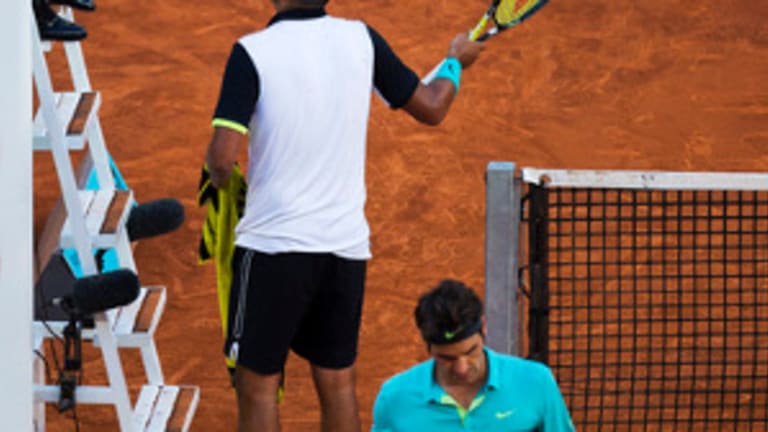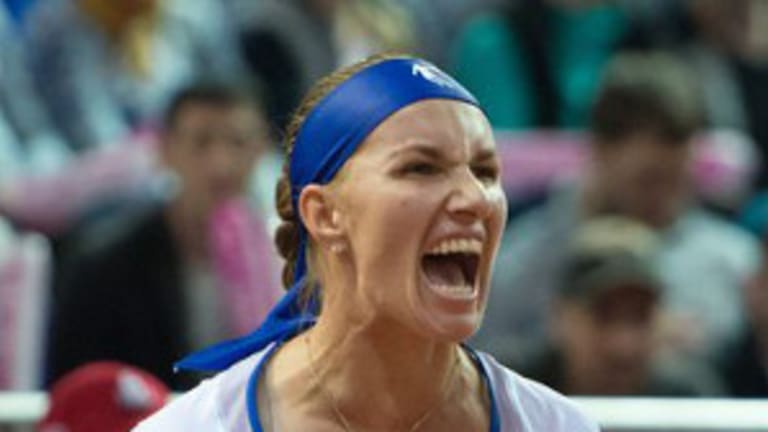Each May, the tennis world spends a week living on Madrid time. This is a city where, in my limited experience, dinner is only reluctantly served before 10 P.M., and where tennis matches routinely cross into the wee hours of the following morning.
But what happened on Wednesday at the Caja Magica was, as Andy Murray put it, slightly “ridiculous.” After a long day of three-setters on center court, Murray and his opponent, Philipp Kohlschreiber, didn’t walk on until after midnight, and didn’t walk off until the clock struck 3:00 and the only people left in the stands appeared to be Murray’s coaching team. Even night-owl Madrilenians weren’t going to stay up that late.
The problem comes from trying to squeeze too many matches into too little time. Madrid schedulers typically put four of them in the main stadium, Santana, during the day session. It’s understandable: That’s by far the best court in the complex, and the only one that can house the crowds that turn out for Rafael Nadal and Roger Federer, each of whom was on the bill yesterday.
Still, going late didn’t hurt Murray or Svetlana Kuznetsova, who won her match at midnight on Wednesday. Each of them rebounded to win again on Thursday. In fact, Murray might want to stay up on a regular basis: He blitzed Marcel Granollers 6-2, 6-0 in 64 minutes, the fastest win of his career on clay. Sleep, as we like to say during the Australian Open, is obviously for the weak.
Here’s a look back at a less-prolonged Thursday at the Caja Magica, and a look ahead at another loaded two sessions on Friday.

